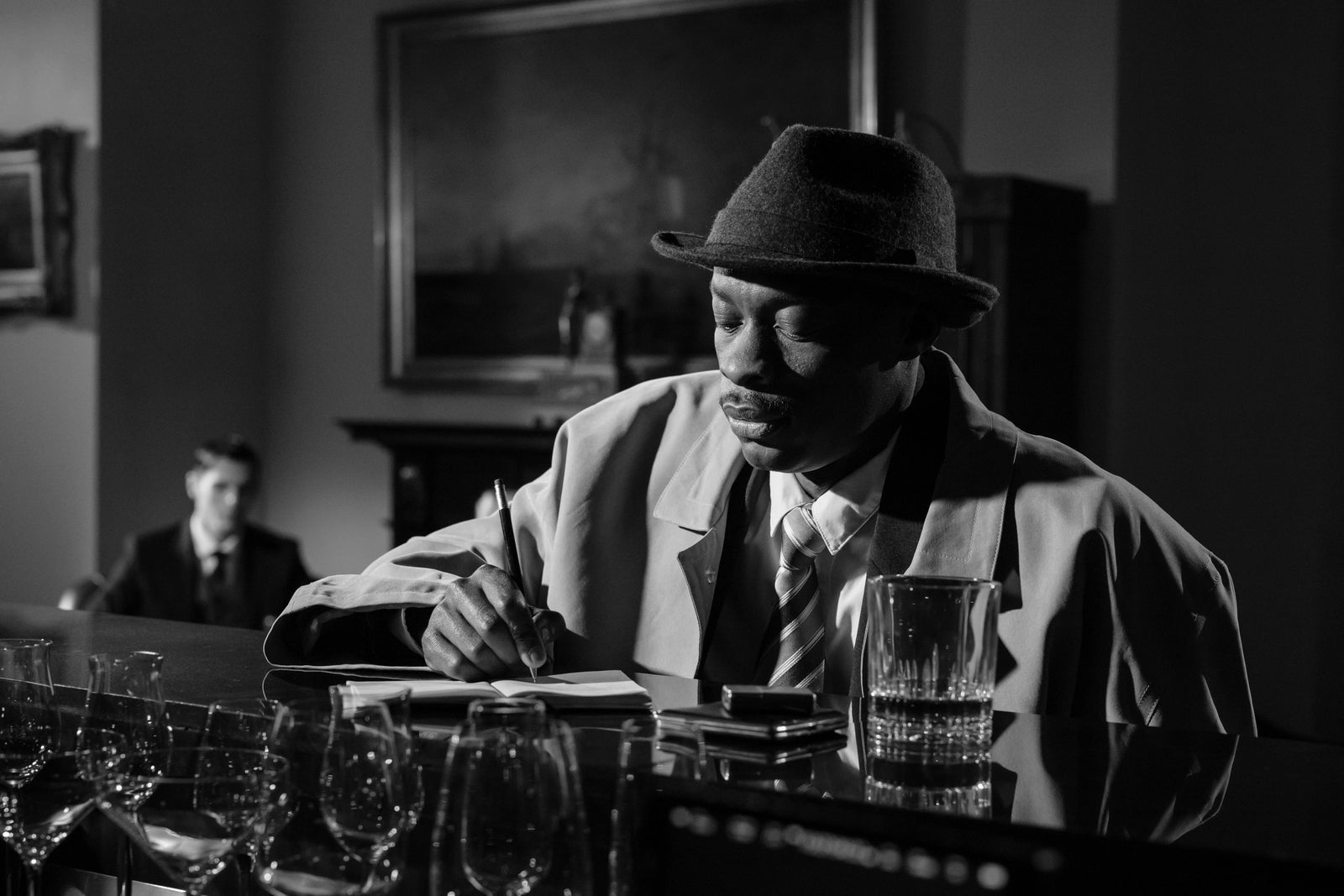Mens 1920s Fashion for the Ever So Popular 'Speakeasy Seduction'

Dearest readers, permit this humble scholar to illuminate the magnificent sartorial achievements of American gentlemen during that most fascinating epoch, the 1920s. As one who has spent considerable time researching the relationship between male fashion in the 1920s and the propensity for mysterious deaths at speakeasy gatherings, the connection between proper attire and successful alibis cannot be overstated.
The Academic Foundation of 1920s Male Fashion
The scholarly consensus regarding guys 1920s fashion reveals a fascinating paradox: never before had American men dressed so impeccably while simultaneously engaging in such widespread criminal activity. One might posit that excellent tailoring served as camouflage for nefarious deeds, a theory repeatedly validated at contemporary murder mystery parties.
Men's 1920s clothing represented a dramatic departure from Victorian stuffiness. The modern gentleman embraced looser fits, shorter jackets, and scandalously visible ankles. These sartorial innovations proved particularly advantageous for gentlemen requiring swift escapes from crime scenes, though such observations remain purely theoretical, naturally.
Research indicates that authentic guys 1920s fashion significantly enhances the verisimilitude of murder mystery party experiences, as participants instinctively adopt period-appropriate behaviors when properly attired.
Essential Elements of Masculine 1920s Attire for Aspiring Suspects
The Three-Piece Suit: Foundation of Respectability No self-respecting bootlegger would conduct business without proper suiting. 1920s male fashion emphasized high-waisted trousers, fitted vests, and jackets with natural shoulders, perfect for concealing various implements of the trade, though purely for dramatic effect in murder mystery contexts.
Accessories of Distinction and Deception The well-dressed 1920s gentleman required specific accouterments: pocket watches (excellent for establishing alibis), bow ties (difficult to use as murder weapons, disappointingly), and suspenders (surprisingly versatile for both fashion and fictional crime scenarios).
Footwear for the Fleet of Foot Oxford shoes dominated men's 1920s style, though two-tone spectators gained popularity among the more flamboyant criminal elements. Both styles provided adequate traction for hurried departures from speakeasy raids.
The Psychology of Period-Appropriate Costuming
Empirical observation suggests that when modern individuals don authentic 1920s fashion, they experience remarkable behavioral modifications. Posture improves, vocabulary becomes more colorful (though hopefully less profane), and participants demonstrate increased willingness to engage in fictional skulduggery.
This phenomenon, which scholars term "sartorial time displacement," explains why prohibition-era murder mystery parties achieve such remarkable success rates in participant engagement.
Practical Applications for Contemporary Murder Mystery Events
Modern hosts seeking to recreate authentic 1920s atmospheres must understand that guys 1920s fashion serves multiple dramatic purposes beyond mere aesthetic appeal. Properly attired characters immediately establish their social station, potential criminal connections, and likelihood of survival until the evening's conclusion.
The Bootlegger's Uniform: Slightly rumpled suits suggesting late-night activities. The Society Gentleman: Impeccable tailoring indicating old money and dangerous secrets.
The Jazz Musician: Flashier elements suggesting artistic temperament and possible mob connections.
Advanced Considerations for Aspiring Period Hosts
Attention to detail separates amateur historical recreations from truly immersive experiences. Hair pomade, collar pins, and properly knotted ties transform ordinary participants into convincing 1920s characters capable of maintaining elaborate deceptions throughout lengthy murder mystery investigations.
For hosts requiring additional authenticity, custom murder mystery experiences can incorporate specific historical details, regional variations in men's 1920s clothing, and character backgrounds that necessitate particular sartorial choices.
Concluding Observations
The symbiotic relationship between guys 1920s fashion and fictional criminality represents a fascinating dynamic. When participants embrace authentic period styling, they unlock dramatic possibilities that enhance the overall murder mystery experience exponentially.
Additional research materials and practical hosting guidance await discovery in the party planning archives, where scholars and enthusiasts alike may further their understanding of this compelling intersection between fashion history and interactive entertainment.
Remember, dear readers: in the 1920s, a well-dressed man could get away with anything, including murder, though only the fictional variety, naturally.




